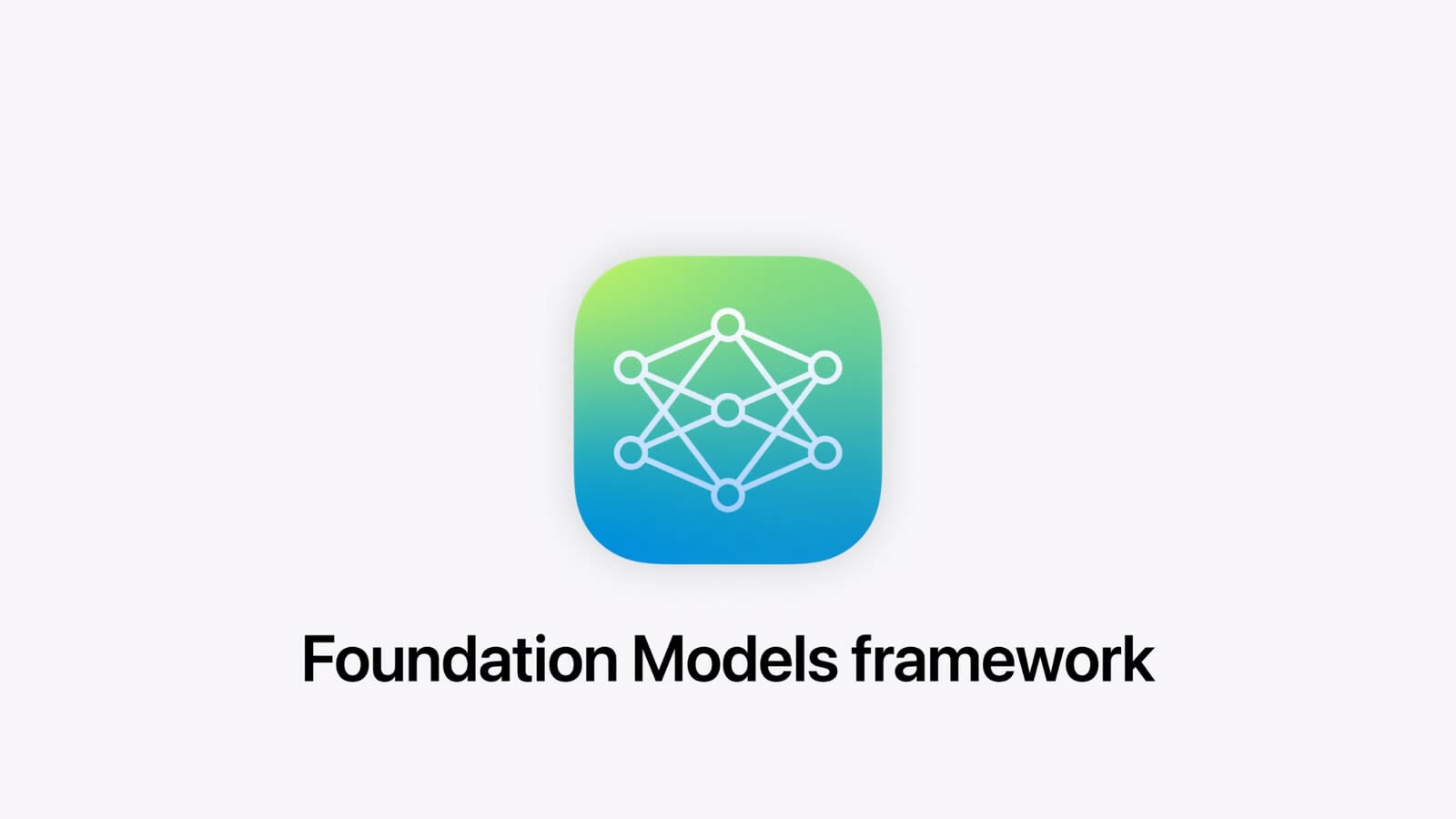
Apple at WWDC today announced Foundation Models Framework, a new API allowing third-party developers to leverage the large language models at the heart of Apple Intelligence and build it into their apps.

With the Foundation Models Framework, developers can integrate Apple's on-device models directly into apps, allowing them to build on Apple Intelligence.
The Foundation Models framework lets developers build AI-powered features that work offline, protect privacy, and incur no inference costs. For example, an education app can generate quizzes from user notes on-device, and an outdoors app can offer offline natural language search."Last year, we took the first steps on a journey to bring users intelligence that's helpful, relevant, easy to use, and right where users need it, all while protecting their privacy. Now, the models that power Apple Intelligence are becoming more capable and efficient, and we're integrating features in even more places across each of our operating systems," said Craig Federighi, Apple's senior vice president of Software Engineering. "We're also taking the huge step of giving developers direct access to the on-device foundation model powering Apple Intelligence, allowing them to tap into intelligence that is powerful, fast, built with privacy, and available even when users are offline. We think this will ignite a whole new wave of intelligent experiences in the apps users rely on every day. We can't wait to see what developers create."
Apple says the framework is available for testing starting today through the Apple Developer Program at developer.apple.com, and a public beta will be available through the Apple Beta Software Program next month at beta.apple.com. It includes built-in features like guided generation and tool calling for easy integration of generative capabilities into existing apps.
Article Link: Apple Announces Foundation Models Framework for Developers to Leverage AI
Last edited:

